Bonfire Night Safety Tips & Guide on What To Burn
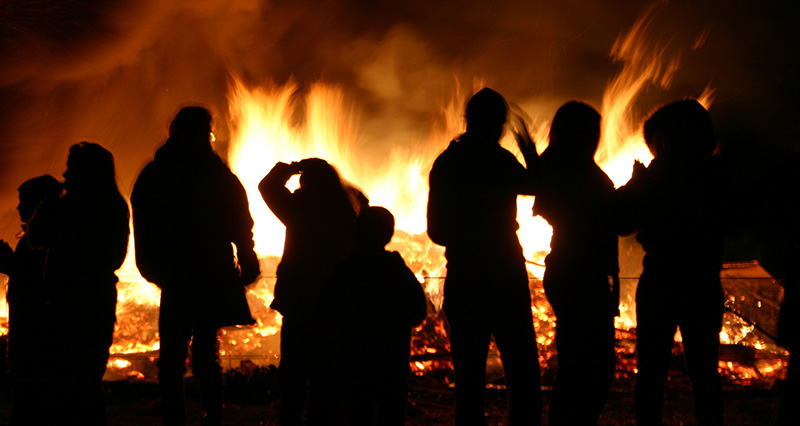
Ignite the Night Safely - Your Ultimate Guide to Bonfire Night
The 5th of November - a date that's etched into the British calendar like a firework soaring into the night sky. As the chill of winter begins to bite, we come together, united in the glow of roaring bonfires and the spectacle of dazzling firework displays. It's a night of excitement, a night of community, and let's not forget, a night that calls for a good measure of responsibility.
But hold on a minute. Before you strike that match or light that fuse, there's more to consider than just the "oohs" and "aahs" of a firework's colourful burst. Safety, for one, should never be compromised. And in an age increasingly aware of environmental impact, how can we make sure our celebrations are as eco-friendly as they are electrifying?
In this comprehensive guide, we'll delve into everything you need to know to make your Bonfire Night not just a feast for the eyes, but also safe and sustainable. From what you can and can't burn on your bonfire to how to keep both wildlife and your community safe, we've got you covered.
So, are you ready to ignite the night in the best way possible? Let's get started.
What Can I Put On My Bonfire? The Do's and Don'ts of Fuelling the Flame
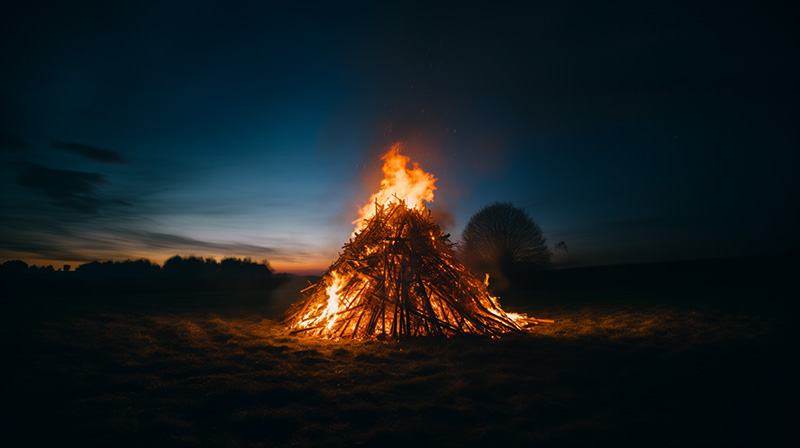
When it comes to Bonfire Night, the fire is undoubtedly the star of the show. But not all fuel is created equal, and what you toss into those flames can make a world of difference. Not only to the quality of your bonfire but also to the safety of those gathered around it and the environment at large.
Safe Items: The Green Light for Your Bonfire
- Tables and Chairs: Got some old wooden furniture gathering dust? This is the time to give it a fiery farewell
- Solid Wood: Logs and timber are your best bet for a long-lasting, steady fire
- Dry Leaves: A great way to get the fire going, and a good use for all those autumn leaves in your garden
- Timber: Ideal for a slow-burning, hot fire
Unsafe Items: The Red Flags You Should Never Ignore
- MDF or Similar Woods: These materials contain glue that, when burned, releases toxic fumes. Definitely a no-go
- Plasterboard: This won't burn but will release harmful substances into the air
- Electrical Items or Appliances: These can explode and are hazardous to both people and the environment
- General Household Waste: Plastics, metals, and other waste can emit dangerous fumes and are not suitable for burning.
The Environmental Angle
Choosing the right fuel isn't just about safety; it's also about being environmentally responsible. Burning materials like plastic or treated wood can release harmful chemicals into the air, contributing to pollution and climate change. So, think twice before you throw just anything into the fire.
Bonfire Safety Measures: The Essentials for a Worry-Free Night
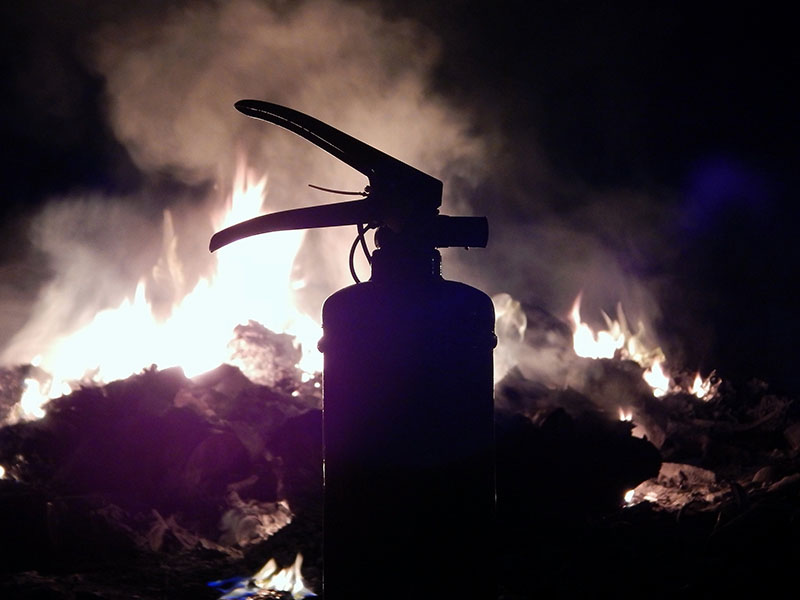
So, you've got your fuel sorted, and you're all set to light up the night. But wait - before you strike that first match, let's talk safety. After all, a bonfire is still an open flame, and it demands respect. Here are some indispensable safety measures to ensure your Bonfire Night is memorable for all the right reasons.
Fire Extinguishers and Water Sources: Your First Line of Defence
- Fire Extinguishers: Always have at least one fire extinguisher on hand, and make sure it's fully charged and operational
- Water Sources: A hose that reaches the bonfire area or buckets of water should be readily available. You never know when you'll need to douse those flames quickly.
Safe Distance: The Invisible Boundary
- For Spectators: Keep a safe distance between the bonfire and the crowd. A minimum of 12 metres is generally recommended for crowds
- For Buildings: A distance of at least 5x the height of the bonfire. As an example, if the bonfire is going to be two metres high, the bonfire should be positioned at least 10 metres away
- For Fireworks: If you're also planning a firework display, ensure it's far enough from the bonfire to prevent any accidental ignitions and placed far away from the crowd to avoid any mishaps
Adult Supervision: Non-Negotiable for Children
- No Unsupervised Kids: Children are naturally curious, especially when it comes to fire. Make sure an adult is always present to supervise
- Safety Barriers: Consider setting up a physical barrier around the bonfire to keep younger attendees at a safe distance
Wildlife Rescue: Ensuring a Critter-Friendly Celebration
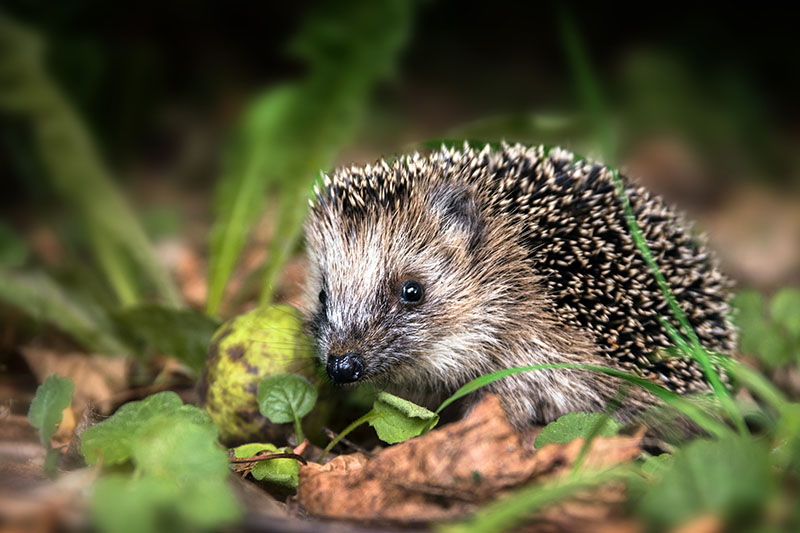
As you prepare for a night of fiery festivities, it's easy to forget that your garden and fields are home to more than just your bonfire and fireworks. It's also a sanctuary for wildlife, from hedgehogs and rabbits to birds and even foxes. So, how do you make sure your Bonfire Night doesn't turn into a nightmare for these critters?
Pre-Bonfire Checks: The Critter Inspection
- Visual Inspection: Before lighting your bonfire, do a thorough visual check to see if any animals have taken shelter in the woodpile
- Poke Around: Use a stick to gently poke through the woodpile. If an animal is hiding, this will usually encourage it to scurry away.
What to Do If You Find Wildlife
- Relocate: If you find an animal, carefully move it to a safer location away from the bonfire
- Create a Safe Space: Consider setting up a small, sheltered area in another part of your garden where animals can take refuge
The Timing Factor
- Last-Minute Assembly: If possible, assemble your bonfire as close to the event as possible. This reduces the likelihood of animals making it their home
- Daylight Checks: Perform your wildlife checks during daylight hours when it's easier to spot any hiding animals
Firework Clean-up: The Morning After the Night Before
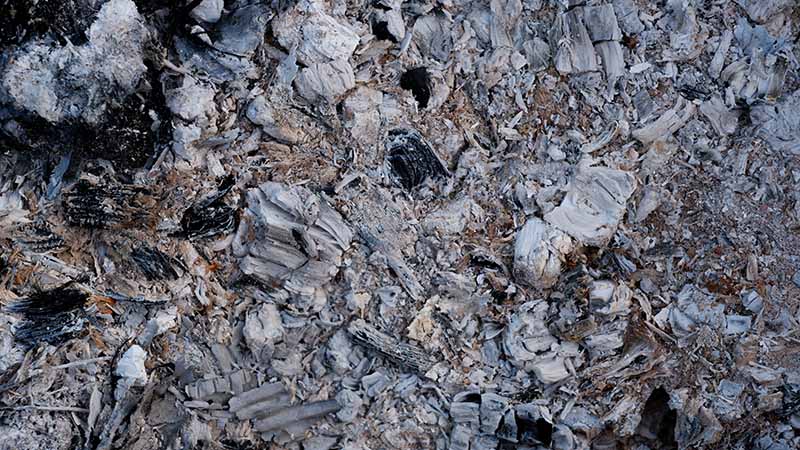
The sky has darkened, the fireworks have dazzled, and the bonfire has reduced to embers. While the spectacle may be over, your responsibilities aren't. The morning after Bonfire Night is crucial for both safety and environmental reasons. Here's how to tackle the clean-up effectively.
Debris Disposal: The Firework Aftermath
- Sweep the Area: Once it's safe and the embers have cooled, sweep the area for firework debris and any metal objects such as screws and nails from items such as tables and chairs. If the bonfire was large, it can take considerable time for embers to cool down, so be careful!
- Dispose Responsibly: Collect all the debris in a metal bucket and soak it in water before disposing of it in a non-recyclable waste bin
Eco-Friendly Clean-up: Leave No Trace
- Biodegradable Options: Consider using biodegradable plates and cutlery if you served food during the event
- Recycle: Separate recyclable materials like glass and aluminium from the general waste
Community Sweep: Many Hands Make Light Work
- Organise a Clean-up Crew: Get your neighbours or family members involved in the clean-up. It's quicker and fosters community spirit
- Check for Stray Fireworks: Sometimes, not all fireworks ignite. Make sure to look for any that didn't go off and follow the manufacturer's guidelines for safe disposal
Eco-Friendly Alternatives: A Greener Way to Celebrate Bonfire Night
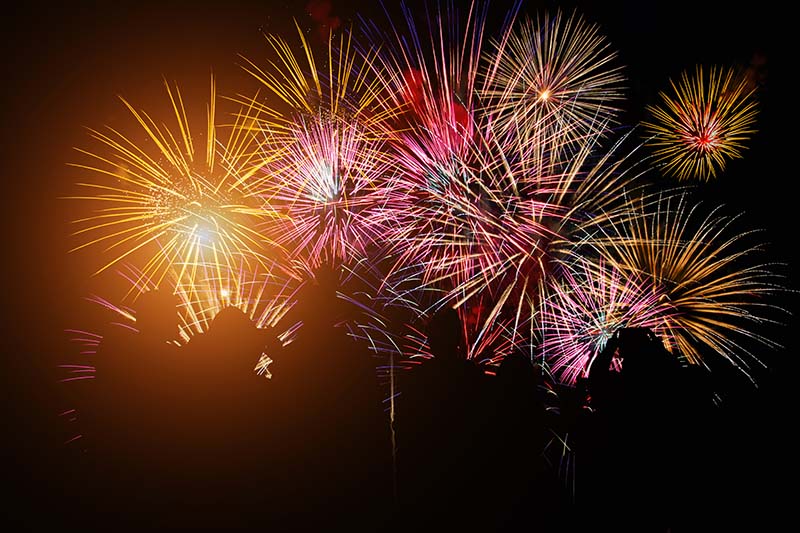
As awareness of environmental issues grows, many of us are looking for ways to make our celebrations more sustainable. Bonfire Night is no exception. From the fuel for your fire to the fireworks that light up the sky, there are eco-friendly alternatives that can make your celebration kinder to the planet.
Eco-Friendly Fireworks: Light Up the Sky Responsibly
- Low-Smoke Options: Look for fireworks labelled as 'low-smoke' to minimise air pollution
- Noise-Reduced Fireworks: These not only lessen noise pollution but are also less stressful for pets and wildlife
Sustainable Bonfire Materials: Burn, Baby, Burn - But Wisely
- Recycled Wood: Consider using wood from sustainable sources or recycled wood that's free from chemicals
- Paper Briquettes: For smaller bonfires such as at home, these are a great way to start and maintain a fire as they are often made from recycled paper and are a good alternative to traditional wood logs
The Food Factor: Sustainable Snacking
- Local Produce: Select locally sourced foods to reduce your carbon footprint
- Reusable Items: Use reusable plates, cups, and cutlery to cut down on single-use plastics
Light Pollution: A Forgotten Concern
- LED Lanterns: Use LED lanterns or solar-powered lights instead of traditional torches to light pathways to reduce light pollution
- Timed Displays: Keep your firework display brief to minimise both noise and light pollution
Legal Requirements: The Rules and Regulations for a Lawful Bonfire Night
While Bonfire Night is a time for celebration and community, it's also governed by a set of rules and regulations that you must adhere to. Ignorance isn't bliss when it comes to the law, so let's get you up to speed on what you need to know to keep your festivities above board.
Permits and Permissions: The Paperwork You Can't Ignore
- Local Council Permits: Check with your local council to see if you need a permit for your bonfire or firework display
- Land Ownership: If you're not hosting the event on your own property, ensure you have written permission from the landowner
Noise Restrictions: Keep the Peace
- Curfew Hours: Firework displays are generally not allowed between 11 p.m. and 7 a.m., with exceptions for certain dates
- Notify Neighbours: It's courteous, and sometimes legally required, to inform neighbours of your plans, especially if you expect the event to be loud
Fire Safety Regulations: Non-Negotiables
- Safety Distance: Regulations often specify a minimum safety distance between the bonfire and spectators, as well as between the bonfire and nearby structures
- Fire Services: For larger events, you may be required to notify your local fire service
Food and Beverages: Adding Flavour to Your Bonfire Night
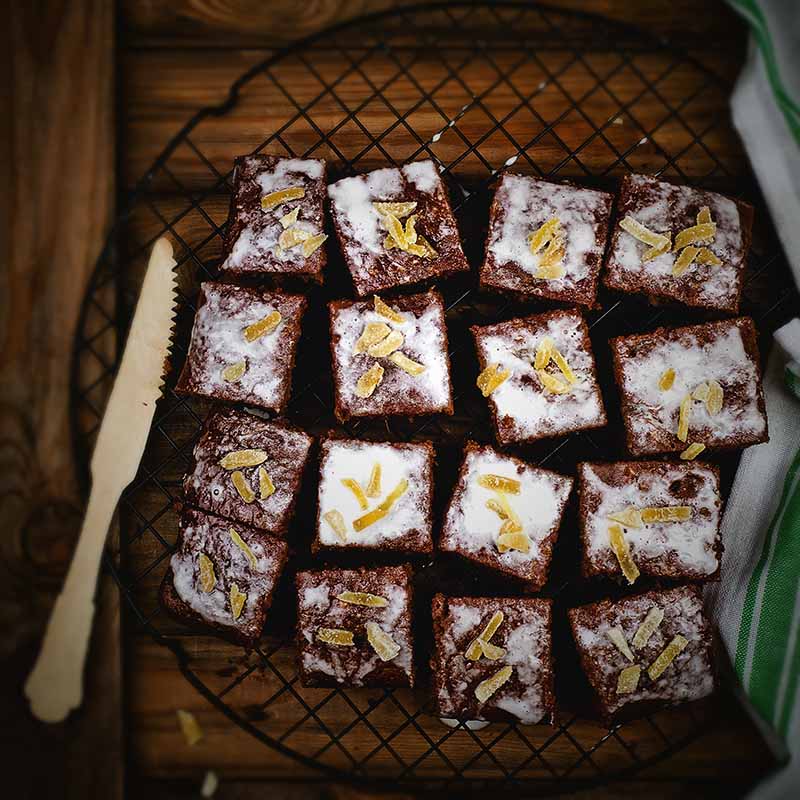
What's a celebration without some delicious food and drink to share? Bonfire Night offers the perfect opportunity to indulge in some traditional British fare, all while keeping the festivities going. But as with everything else on this special night, safety should never take a back seat.
Traditional Foods: A Culinary Walk Down Memory Lane
- Toffee Apples: A sweet treat that's synonymous with Bonfire Night
- Parkin: This sticky ginger cake is a Northern England favourite
- Bangers and Mash: Sausages and mashed potatoes make for hearty fare on a cold night.
Safety Tips for Outdoor Cooking: Grill with Caution
- Cooking equipment: If serving to the public, ensure Food Standards Agency guidelines are met
- Food Storage: Keep perishables in a cool box until you're ready to cook them
- Hygiene: Always have hand sanitiser or a handwashing station nearby
Beverages: Quenching Thirst the Safe Way
- Hot Drinks: Offer hot drinks such as hot chocolate or mulled wine to keep everyone warm on a cold evening
- Alcohol Guidelines: If you're serving alcohol, make sure it's done responsibly, especially considering the environment with fireworks involved and bonfires often located in not so well lit areas
Community Involvement: Making Bonfire Night a Collective Celebration
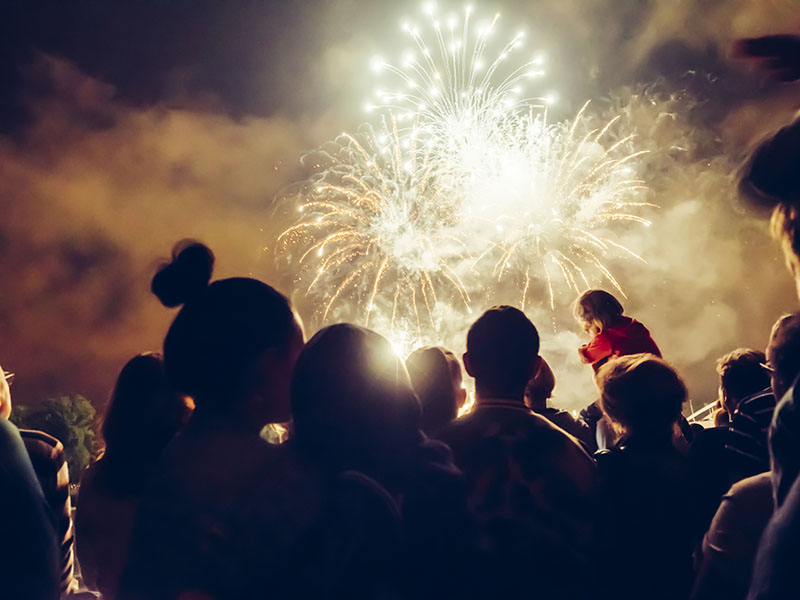
Bonfire Night is more than just a personal or family event; it's a community affair. Involving your neighbours, friends, and local organisations can turn a good night into a great one, fostering community spirit and shared responsibility. Here's how to get everyone in on the action.
Invitations: The More, the Merrier
- Digital Invites: Use social media or email to send out invites to your neighbours and local community members
- Physical Invitations: For a personal touch, consider handing out printed invitations.
Shared Responsibilities: Many Hands Make Light Work
- Food and Drink: If it is a small/private bonfire night, assign different people to bring various types of food and beverages to ease the load
- Safety Measures: For larger events, have volunteers in charge of first aid, fire safety, and overseeing the fireworks
Community Games and Activities: Keep the Fun Going
- Treasure Hunt: In the daylight hours leading up to the main event, organise a treasure hunt for children with small prizes
- Best-Dressed Competition: Encourage people to come in themed costumes and hold a best-dressed competition
Local Partnerships: Strengthening Community Bonds
- Local Businesses: Approach local businesses for sponsorships or contributions in kind, like food or decorations
- Community Centres: Partner with community centres to use their facilities or to help with organising the event
Using the Leftovers: Waste Not, Want Not
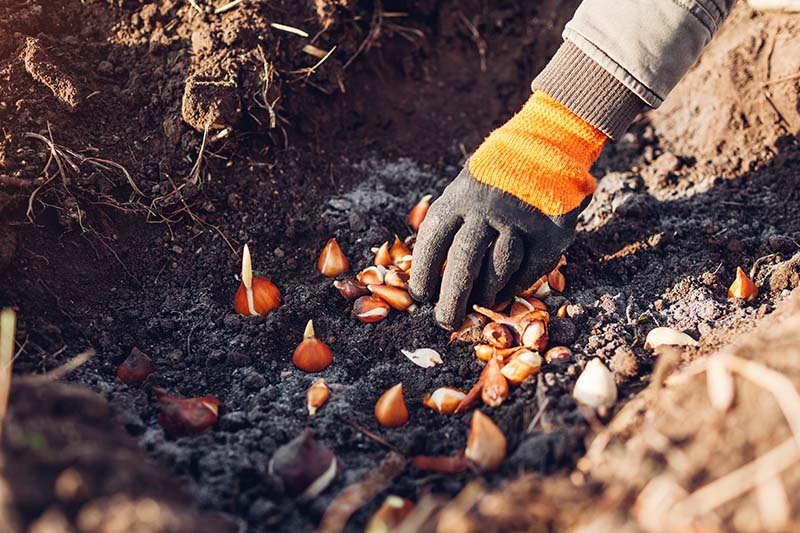
As the embers of your bonfire die down and the last firework fades from the sky, you might think the event is over. But there's still work to be done, especially if you're committed to minimising waste and maximising utility. Here's how to make the most of your bonfire leftovers.
Wood Ash: A Gardener's Gold
- Enriching Soil: Wood ash is rich in nutrients and can be used to enrich your garden soil as a fertiliser
- pH Control: For the green fingered readers, you can use ash to help raise the pH of acidic soils and give alkaline-loving plants a healthy boost
- Pest Control: Sprinkle wood ash around the base of plants to deter pests like slugs and snails
If there’s lots of ash leftover, remember to reach out to your local allotment community. We’re sure they’d appreciate the donation.
Unburned Wood: Save for Next Time or Repurpose
- Storage: Store any unburned wood in a dry place for future use
- DIY Projects: Consider using smaller pieces for DIY projects in the garden or home
Food Leftovers: Delicious Next-Day Treats
- Composting: Any organic waste like fruit and vegetable scraps can go into your compost bin
- Creative Cooking: Use leftover meats and vegetables to create delicious stews or casseroles
Firework Debris: Safety First
- Soak in Water: As mentioned in the clean-up section, soak any firework debris in water before disposing of it safely
- Check Local Recycling: Some metal parts from fireworks can be recycled. Check your local recycling guidelines
Items Not For Burning: Recycle & Disposal
- Reuse First: Review what items can have a second life before disposing of them
- Recycle It: If you still have items left that need disposing of, take a look at HIPPO’s rubbish clearance services and we’ll collect and recycle over 95% of the waste
By following these tips, you're ensuring that your Bonfire Night is as sustainable as it is enjoyable. And with that, we've covered everything you need to know for a successful, safe, and eco-friendly Bonfire Night. Here's to a night that lights up your life in the best possible way!

